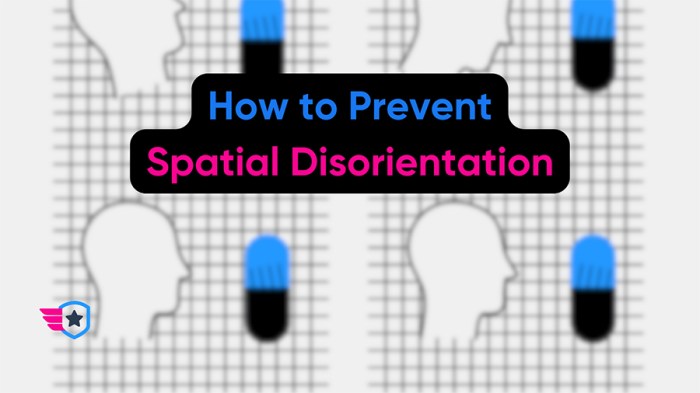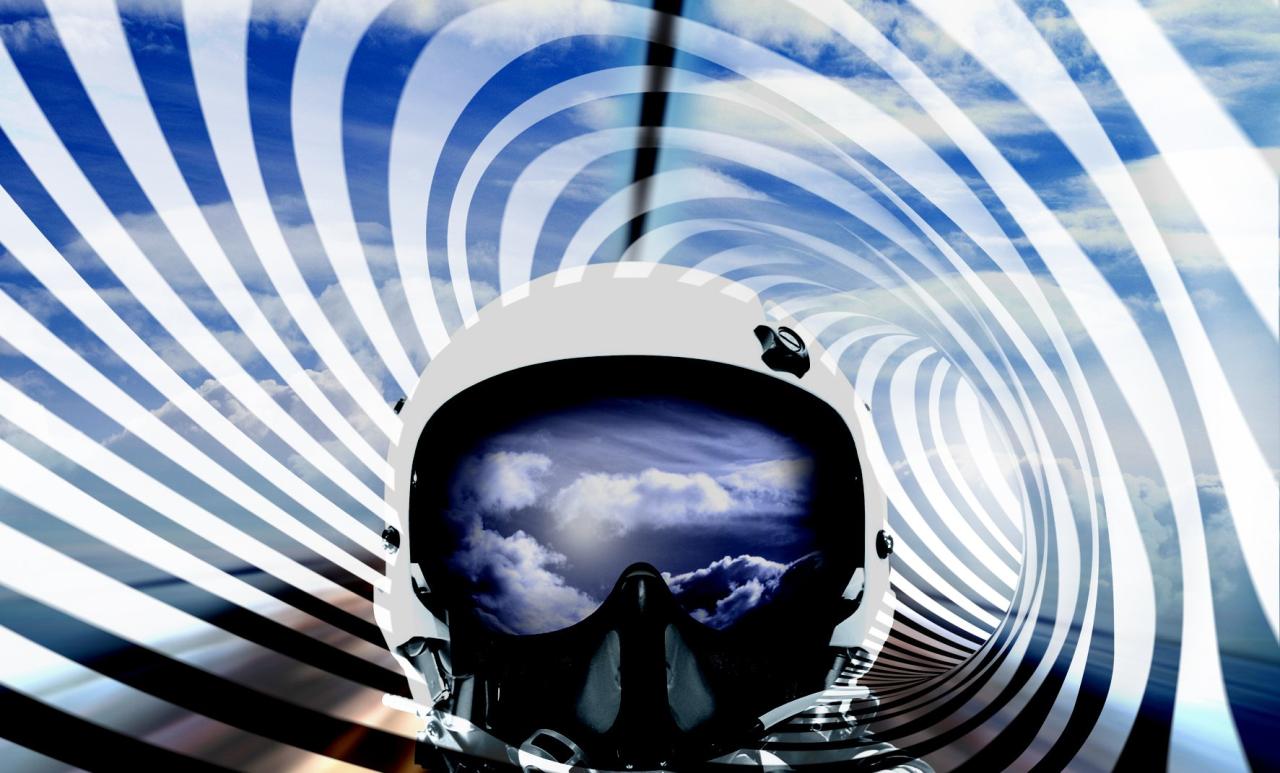How can an instrument pilot best overcome spatial disorientation? This question lies at the heart of a critical aviation safety concern, as spatial disorientation can lead to catastrophic consequences. In this comprehensive guide, we delve into the phenomenon of spatial disorientation, exploring its causes, effects, and most importantly, effective techniques for overcoming it during instrument flight.
Spatial disorientation is a common challenge faced by instrument pilots, occurring when sensory information conflicts with the pilot’s perception of their aircraft’s orientation. This can result in illusions, false sensations, and confusion, potentially leading to dangerous situations. Understanding the causes and symptoms of spatial disorientation is crucial for pilots to develop strategies for preventing and overcoming it.
Spatial Disorientation in Instrument Flying
Spatial disorientation is a condition that can affect pilots flying in instrument conditions, where visual cues are limited or absent. It occurs when the pilot’s perception of their orientation in space is incorrect, leading to potentially dangerous flight maneuvers.
Causes of Spatial Disorientation
Spatial disorientation can be caused by a combination of factors, including sensory illusions, vestibular disturbances, and cognitive biases. Sensory illusions can arise from misleading visual cues, such as the horizon appearing tilted or the aircraft seeming to be moving in a different direction than it actually is.
Vestibular disturbances can result from changes in the inner ear’s fluid, which can affect the pilot’s sense of balance and spatial orientation.
Types of Spatial Disorientation
There are several types of spatial disorientation, each with its own unique characteristics. These include:
- Somatogravic illusion:The pilot feels as though they are upside down or inverted, even though the aircraft is actually flying straight and level.
- Coriolis illusion:The pilot experiences a sensation of rolling or turning when they tilt their head or move their eyes while the aircraft is making a turn.
- Linear acceleration illusion:The pilot feels as though they are accelerating or decelerating, even though the aircraft is actually flying at a constant speed.
Effects of Spatial Disorientation
Spatial disorientation can have serious consequences for pilots. It can lead to incorrect flight maneuvers, loss of control of the aircraft, and even fatal accidents. In extreme cases, spatial disorientation can cause pilots to become disoriented and confused, leading to them making irrational decisions or becoming incapacitated.
Real-Life Incidents
There have been numerous real-life incidents where spatial disorientation has played a role in aviation accidents. For example, in 1989, United Airlines Flight 232 crashed in Sioux City, Iowa, after the aircraft’s hydraulic systems failed and the pilots lost control of the aircraft due to spatial disorientation.
Overcoming Spatial Disorientation: How Can An Instrument Pilot Best Overcome Spatial Disorientation

There are a number of techniques that pilots can use to recognize and overcome spatial disorientation during instrument flight. These include:
- Relying on instrument readings:Pilots should trust their instruments and cross-check information from multiple sources to ensure that they have an accurate understanding of their aircraft’s attitude and position.
- Using visual cues:If visual cues are available, pilots should use them to confirm their instrument readings and maintain spatial awareness.
- Mental imagery:Pilots can use mental imagery to visualize their aircraft’s position and attitude, which can help them to maintain spatial awareness in challenging conditions.
- Managing stress:Stress can exacerbate spatial disorientation, so it is important for pilots to manage their stress levels during instrument flight.
Training and Education

Comprehensive training and recurrent practice are essential for preventing spatial disorientation. Simulators and virtual reality can be used to enhance spatial orientation skills and provide pilots with experience in dealing with challenging flight conditions.
Simulators and Virtual Reality, How can an instrument pilot best overcome spatial disorientation
Simulators and virtual reality (VR) can be used to create realistic flight scenarios that allow pilots to practice their spatial orientation skills in a safe and controlled environment. These tools can help pilots to develop a better understanding of how their aircraft behaves in different flight conditions and to practice techniques for overcoming spatial disorientation.
Technological Advancements

Technological advancements have also played a role in reducing the risk of spatial disorientation. Synthetic vision systems (SVS) and enhanced displays can provide pilots with a more accurate and intuitive representation of their aircraft’s position and attitude.
Synthetic Vision Systems (SVS)
SVS uses computer-generated imagery to create a realistic 3D representation of the outside world, which can help pilots to maintain spatial awareness in conditions where visibility is limited or obscured.
Frequently Asked Questions
What are the most common causes of spatial disorientation?
Sensory illusions, vestibular disturbances, and cognitive biases are the most prevalent causes of spatial disorientation.
How can instrument flying conditions exacerbate spatial disorientation?
Instrument flying conditions, such as limited visibility and reliance on instruments, can reduce sensory cues and increase the likelihood of sensory conflicts, making pilots more susceptible to spatial disorientation.
What are some effective techniques for overcoming spatial disorientation during instrument flight?
Relying on reliable instrument readings, cross-checking information, using visual cues, and maintaining situational awareness are essential techniques for overcoming spatial disorientation.